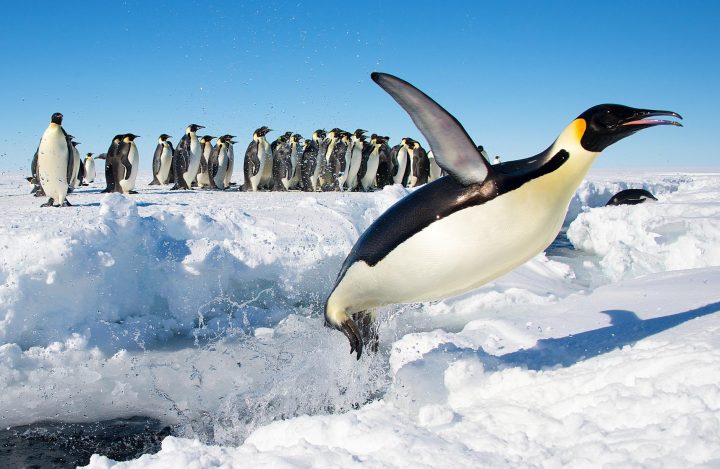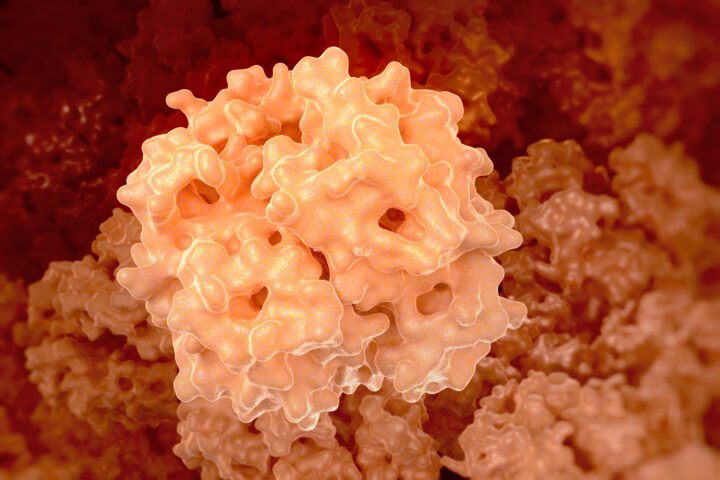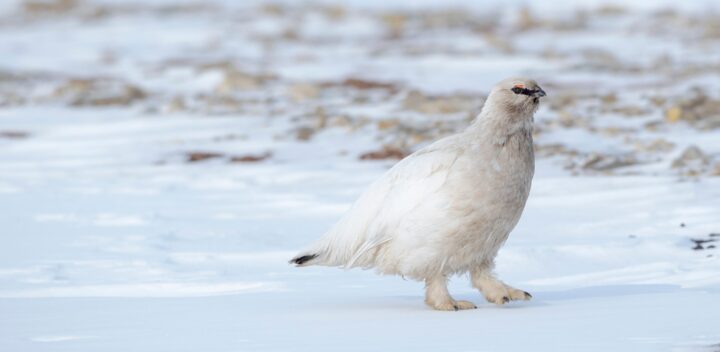Optimize Shape/Materials
Resources are limited and the simple act of retaining them requires resources, especially energy. Living systems must constantly balance the value of resources obtained with the costs of resources expended; failure to do so can result in death or prevent reproduction. Living systems therefore optimize, rather than maximize, resource use. Optimizing shape ultimately optimizes materials and energy. An example of such optimization can be seen in the dolphin’s body shape. It’s streamlined to reduce drag in the water due to an optimal ratio of length to diameter, as well as features on its surface that lie flat, reducing turbulence.
Manage Turbulence
A turbulent force occurs when air or water creates a chaotic or irregular motion. The source can be such things as wind, waves, and eddies caused by obstructions to air or water flow (such as that created by a rock in a stream). Because the force is irregular, it acts in unpredictable ways on multiple parts of a living system at any given time, decreasing the living system’s efficiency. Strategies used to manage turbulence include dampening the amount of turbulence, having flexibility to handle sudden changes, and making quick adjustments. An example is the mucus on aquatic organisms, such as barracuda sharks, that can reduce turbulent friction of seawater by 66%. In doing so, it decreases drag and increases the sharks’ swimming efficiency.
Move in/on Liquids
Water is not only the most abundant liquid on earth, but it’s vital to life–so it’s no surprise that the majority of life has evolved to thrive on and under its surface. Moving efficiently in and on this dense and dynamic substance presents unique challenges and opportunities for living systems. As a result, they have evolved countless solutions to optimize drag, utilize surface tension, fine tune buoyancy, and take advantage of various types of currents and fluid dynamics. For example, sharks can slide through water by reducing drag due to their streamlined shape and specially shaped features on their skin.







